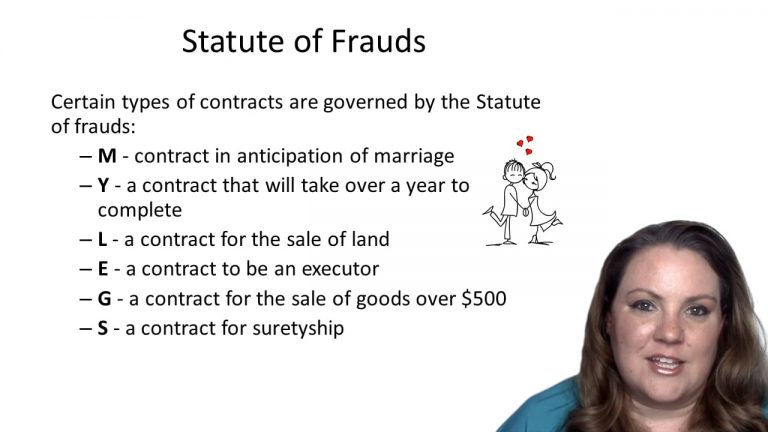SmartBrief
Confirm favorite deletion?
Contracts Keyed to Whaley
Crabtree v. Elizabeth Arden Sales Corp.
Citation:
New York Court of Appeals, 1953. 305 N.Y. 48, 110 N.E.2d 551.Facts
Nate Crabtree (Plaintiff) negotiated with Elizabeth Arden Sales Corp. (Defendant), specifically President Elizabeth Arden, regarding his employment as a sales manager for the company. President Arden offered plaintiff a two year contract with a salary of $20,000 for the first six months, $25,000 for the next six months, and $30,000 for the second year. However, after plaintiff worked for a full year, defendant refused to increase plaintiff’s pay. Subsequently, plaintiff terminated his employment.
Only StudyBuddy Pro offers the complete Case Brief Anatomy*
Access the most important case brief elements for optimal case understanding.
*Case Brief Anatomy includes: Brief Prologue, Complete Case Brief, Brief Epilogue
- The Brief Prologue provides necessary case brief introductory information and includes:
Topic:
Identifies the topic of law and where this case fits within your course outline.Parties:
Identifies the cast of characters involved in the case.Procedural Posture & History:
Shares the case history with how lower courts have ruled on the matter.Case Key Terms, Acts, Doctrines, etc.:
A case specific Legal Term Dictionary.Case Doctrines, Acts, Statutes, Amendments and Treatises:
Identifies and Defines Legal Authority used in this case.
- The Case Brief is the complete case summarized and authored in the traditional Law School I.R.A.C. format. The Pro case brief includes:
Brief Facts:
A Synopsis of the Facts of the case.Rule of Law:
Identifies the Legal Principle the Court used in deciding the case.Facts:
What are the factual circumstances that gave rise to the civil or criminal case? What is the relationship of the Parties that are involved in the case.Issue(s):
Lists the Questions of Law that are raised by the Facts of the case.Holding:
Shares the Court's answer to the legal questions raised in the issue.Concurring / Dissenting Opinions:
Includes valuable concurring or dissenting opinions and their key points.Reasoning and Analysis:
Identifies the chain of argument(s) which led the judges to rule as they did.
- The Brief Prologue closes the case brief with important forward-looking discussion and includes:
Policy:
Identifies the Policy if any that has been established by the case.Court Direction:
Shares where the Court went from here for this case.
Topic Resources
Topic Videos
 15m 32s
15m 32s 13m 45s
13m 45sTopic Refresher Course
